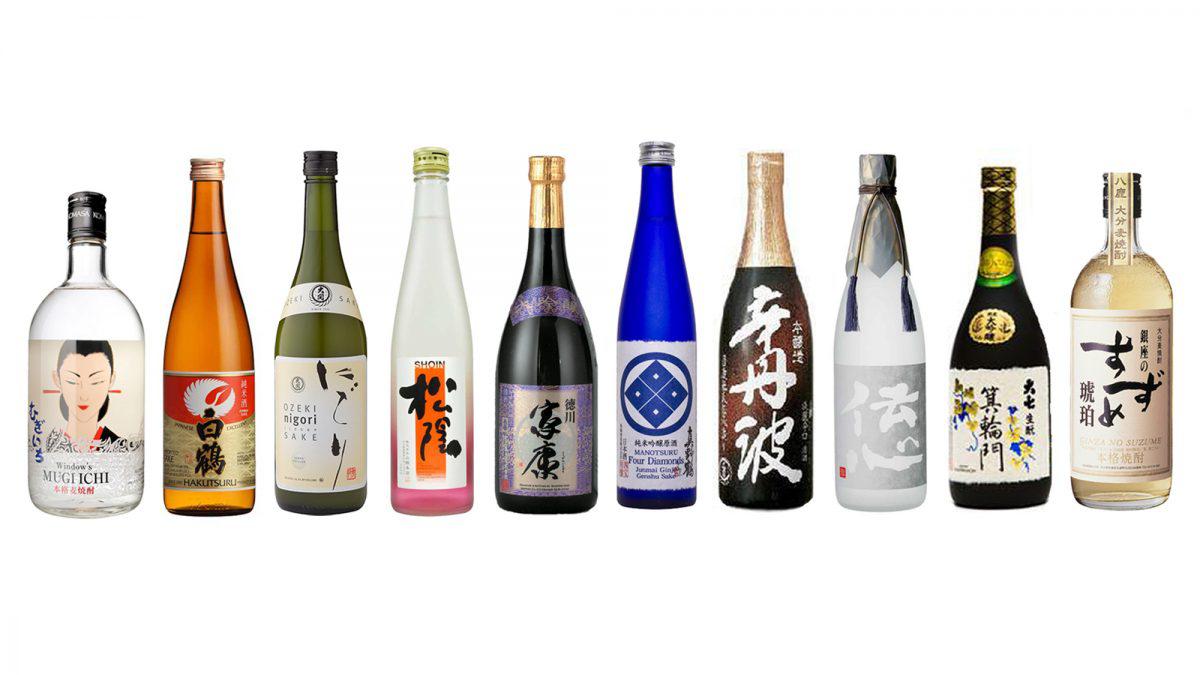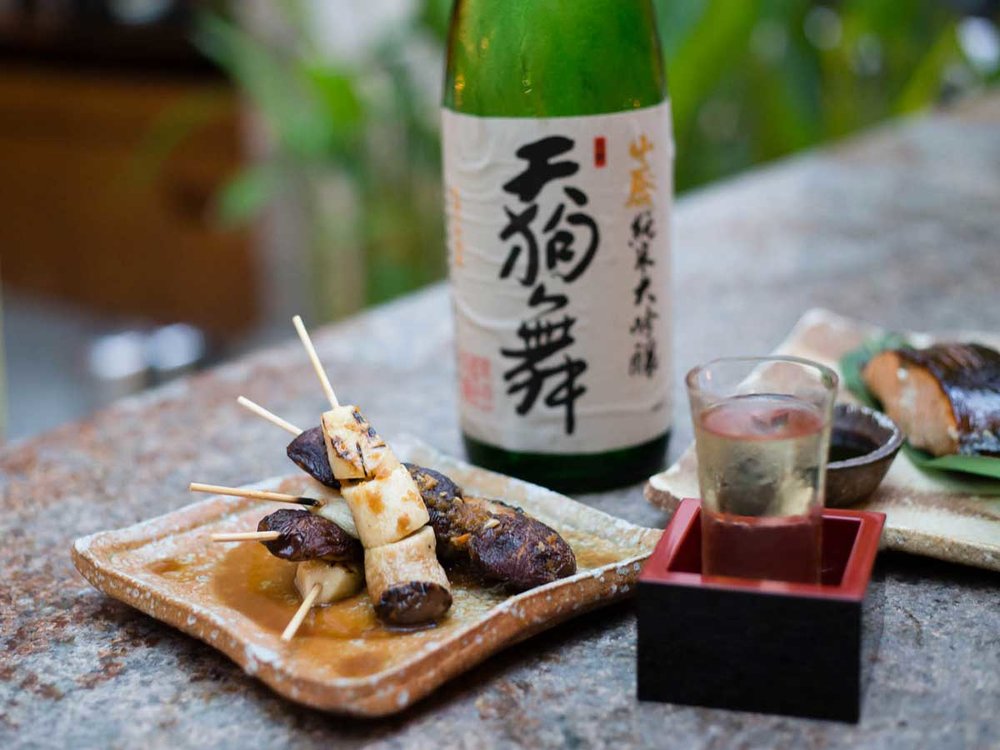
Whatsapp: 0123456789

English

 English
English

Whatsapp: 0123456789

English

 English
EnglishAn A to Z guide to Sake

For generations, Japan has made rice wine, or sake, in the same way that people make drinks with barley and grapes. And today we'll be learning about sake!
The word "sake" in English refers to traditional Japanese rice wine. Sake, on the other hand, refers to any alcoholic beverage in Japanese. The more particular term for Japanese rice wine is nihonshu or seishu in Japan.
Sake may be served either cold or warm, which is why it is so popular in Japan all year. So, let's have a look at what sake is.

Sake is a traditional Japanese alcoholic beverage prepared from fermented polished rice that dates back to the 8th century. Unlike wine, which ferments sugar and yeast to produce alcohol and carbon dioxide, sake ferments polished rice, koji (a rice mould used to manufacture sake, miso, and soy sauce), and water to convert the grains to starch, which is subsequently converted to sugar.
To brew great sake, the quality of the rice, koji, and water is crucial. Rice for sake is usually larger and harder than rice for human use, and it is polished to remove the bran. Water not only helps sake taste richer by removing odour and yellow colour, but it also helps sake taste richer by removing odour and yellow colour.
Brewers may create gorgeous sake types ranging from hazy nigori sake to aromatically dry sake to sweet sparkling sake depending on how the three major components of sake (rice, water, and koji) are handled and blended.
Finally, the producers can add more water to the bottle to reduce the alcohol concentration, as well as more scent or sugar to enhance the flavour.


Sake sommeliers would attest to the fact that this intriguing and adaptable liquor can complement food as well as wine. In fact, it goes well with several foods that are difficult to mix with wine, such as asparagus.
A rich, flavorful food, such as stewed meat or fish, or cream-based dishes like gratin, pairs well with junmai sake. It's also delicious with desserts like crème brûlée and cheesecake. Junmai ginjo complements delicate flavours like sushi and sashimi, as well as cooked fish.
Hiyayakko (cold tofu with onion and soy sauce), tempura or wagyu, and vinegar-laced meals go well with Honjozo. Fish and chips, as well as other fried or grilled foods, go well with Western cuisine.
Ginjo and daiginjo go well with light, simple foods like white fish sashimi, ohitashi (boiled greens in a bonito-based broth), and mountain vegetable tempura (avoid fatty or meaty dishes). Daiginjos are also delicious with fresh fruit.


Traditional Gekkeikan sake is one of the most popular Junmai-shu sake in the world! The product represents the unique style of sake Gekkeikan and represents over 370 years and 14 generations of sake production experience.
Flavor: Herb with grapefruit aroma. The balanced acidity and minerals help the taste to settle in the palate and the tip of the tongue.
Dishes: Any type of dish.
Enjoy: Warm drink, room temperature or chilled. Great for mixing cocktails or fruit-based drinks
ALC / VOL: 15%
Size: 720ML
Besides Sake , we have a wide range of beers, wine and spirits that can completely satisfy your tastes, view our product here!
Other
Maker's Mark, A Must Try Brand For Bourbon
Maker's Mark, A Must Try Brand For Bourbon
Maker's Mark, A Must Try Brand For Bourbon